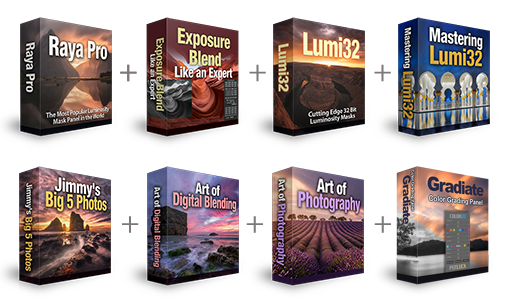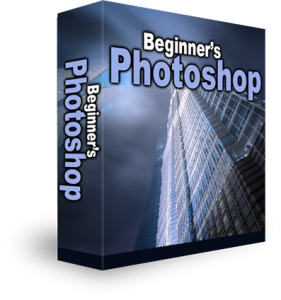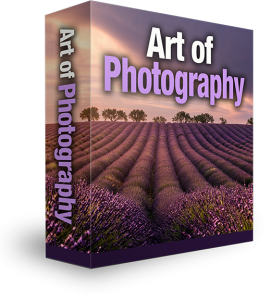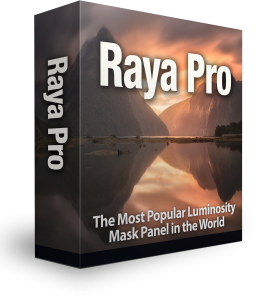Use Foreground To Improve Composition
The foreground captured in a photo can make or break your composition. We often get carried away with concentrating on photographing a subject that we sometimes neglect the foreground. We might not completely dismiss the foreground entirely, but we can be susceptible to just accepting a foreground. We shouldn’t. Instead of settling for a good foreground or even a great foreground, why not strive for an exceptional foreground? If we can fill as much of the frame with wonder, we can all take some amazing photos. In this tutorial, Mike Perea shows us how to use the foreground to improve composition.
Landscape Foreground Composition
In Landscape photography, we look to capture the entire scene. The foreground is considerably more important in landscape photography than in other photography disciplines. For that reason, we have to give it as much respect as possible. Don’t settle for the first composition that you find, fight the urge. It is very rare that I get to a location and set my camera gear up immediately, in fact, it’s so rare I can’t remember the last time it happened. Only in exceptional circumstances will I setup in breakneck speed and accept a scene for what it is, that only happens when the scene is perfect. A good example of these rare moments is described in this previous article https://www.shutterevolve.com/editing-landscape-photos-in-lightroom/. Get in location and explore. Hunt for the best foreground around and consider how you can work it into your composition.
Enter your email below and join our community of more than 100,000 photographers who receive regular tutorials and have also

Subscribed to our newsletter,
Downloaded our FREE Photoshop Course
Got our FREE Easy Panel for Photoshop
And have our FREE Essential Guide To Luminosity Masks E-Book
What Makes A Good Foreground In Photography
For us to use foreground to improve composition in photography, we first need to understand what makes a good foreground. A foreground can be a number of things, but we must understand that the foreground has to serve a purpose. Foregrounds can even be the main feature in your image, or it can serve to complement the composition of the main subject. They can lead the viewer or occupy them. Bring excitement and drama to the image or bring calm. Ultimately they have to do something. When we’re talking about the foreground in relation to composition, what we need is for it to bring a wow factor. Mike mentions it in this video and Jimmy mentions it in our Art of Photography course. We need to fill every frame with interesting subjects, that is how we make interesting images.
Here are some questions you could ask yourself when looking for a good foreground.
- Is it interesting?
- Does it complement the main feature?
- Can it be used to lead the viewer’s eye?
- Will it help to fill the frame?
- Does it have texture?
- Will the foreground be inviting to the viewer?
An Interesting Foreground
Almost every time you look at an image, the first thing that grabs your attention is the foreground. When a foreground has nothing interesting in it those viewing it will not be excited by it. We need to add something of interest, this will make the viewer pause for thought.
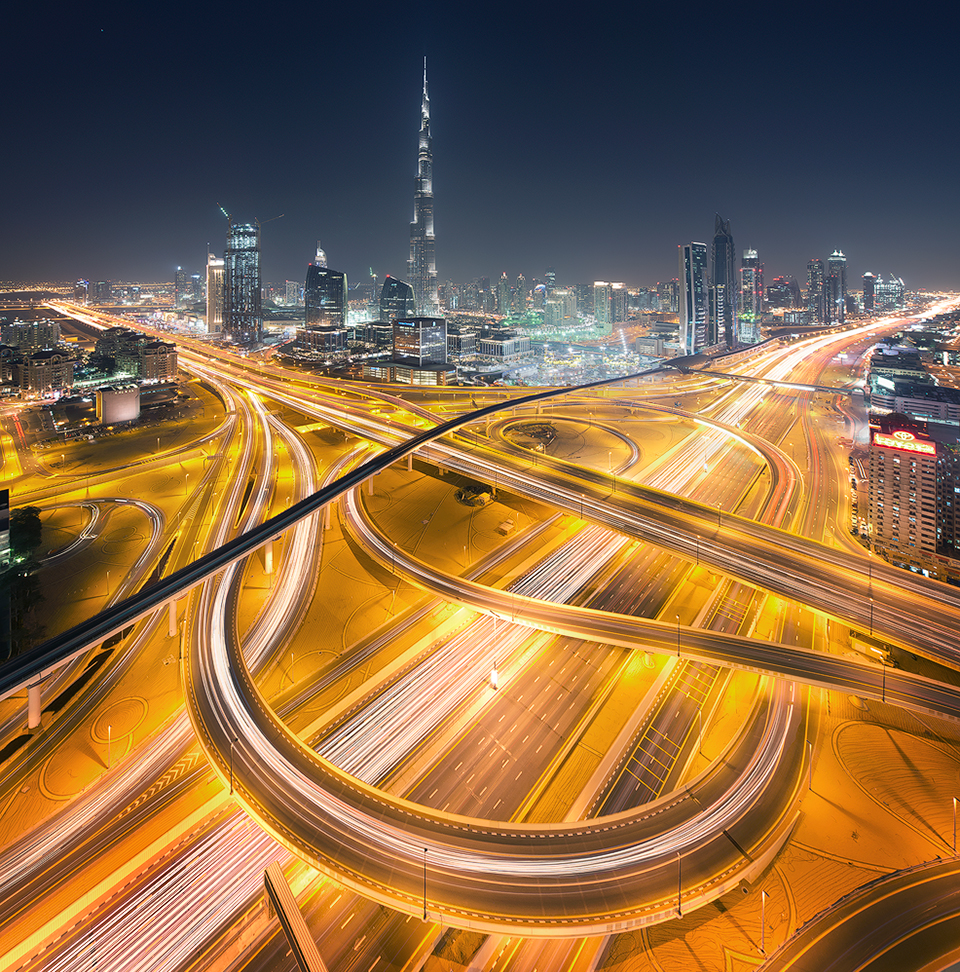
Complementing The Scene
Images should have balance. Where there is a conflict between the foreground and the rest of the image our brains pick up that conflict and we don’t like what we see. Try to balance light and colour throughout your image.
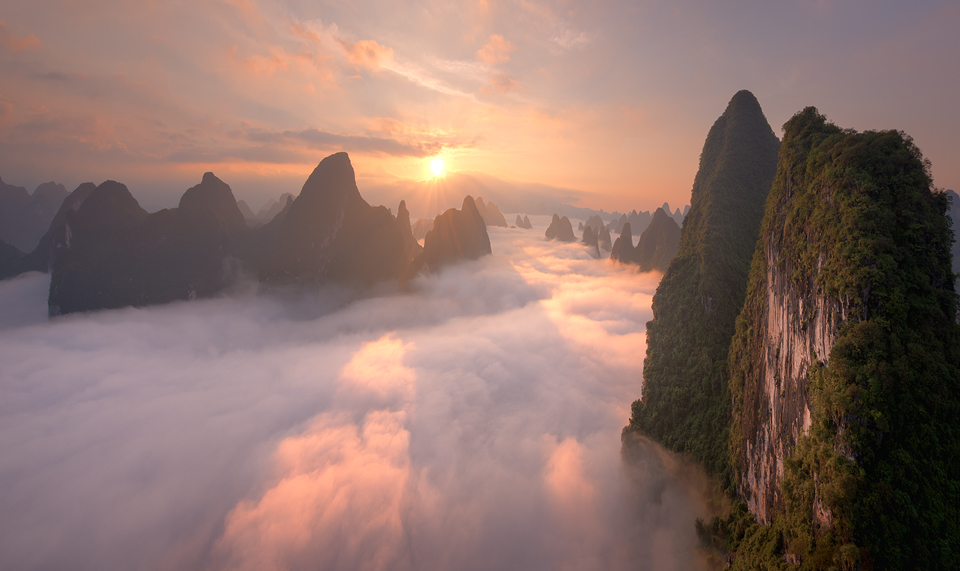
Leading The Viewer
One of the best ways to use the foreground to lead the viewer is to look for lines in our foreground composition. Lines can appear naturally or can be man-made. Such as a fence, ripples in the sand, tracks on the ground, shadows and light, literally anything that points to where you want the viewer to look can be classed as a leading line.
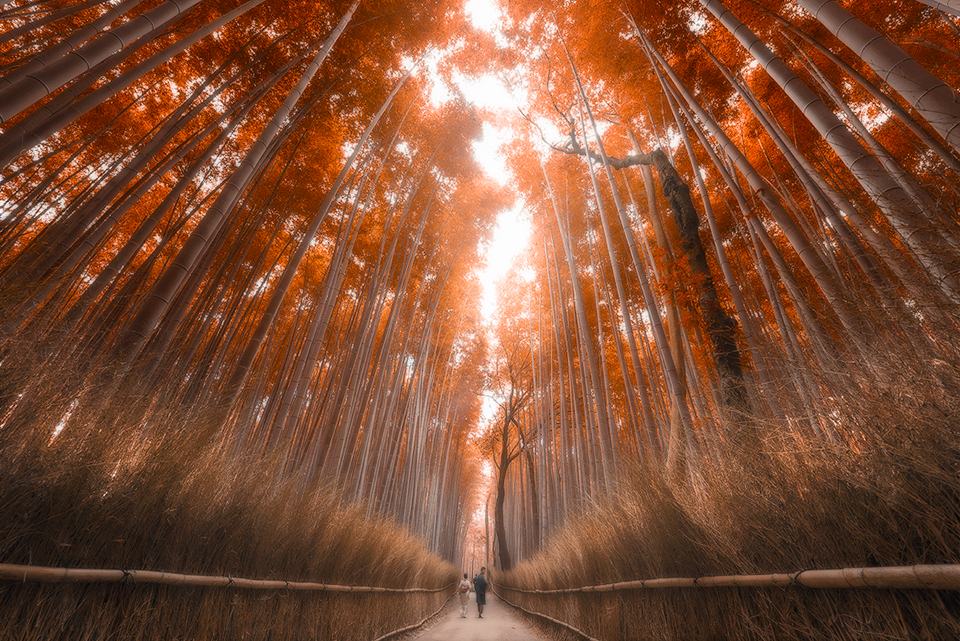
Filling The Frame
A great technique to use the composition of your foreground is by using it to frame the rest of the image. Like in this example, the foreground fills maybe 60% or more of the entire image.

Textured Foregrounds
By including texture in our foregrounds we’re almost allowing the viewer to reach into the scene and be touched by it.

Inviting To The Viewer
A viewer should feel drawn into an image and the foreground should be the inviting feature. If your foreground can make people feel like they could step straight into the scene, this will bring a whole new level of intimacy to your images.

In Summary, How Can We Use Foreground To Improve Composition
- Never settle for an ok foreground.
- Spend some time and consideration in your pursuit of an exceptional foreground.
- Evaluate the purpose of your foreground
- Ask yourself those 6 questions.
Thank you for reading this article on Use Foreground To Improve Composition, be sure to sign up for our newsletter for more tutorials and great offers.
Enter your email below and join our community of more than 100,000 photographers who have also
Subscribed to our newsletter.
Downloaded our FREE Photoshop Course.
Got our FREE Easy Panel for Photoshop.
And, have our FREE Essential Guide To Luminosity Masks E-Book.
Other Articles That Might Interest You
How to Use Foreground to Create Depth in Your Images
Stop Making These Landscape Photography Mistakes
Foreground, Middleground, Background

